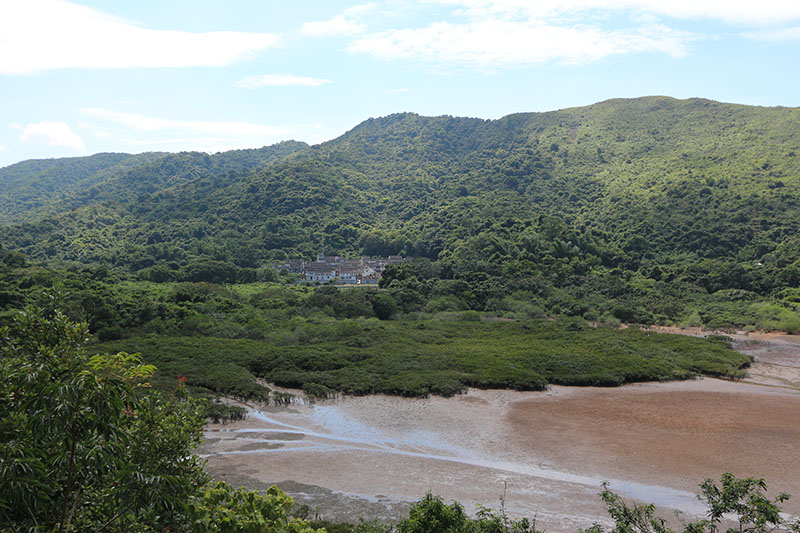Home » About Programme » Introduction to Lai Chi Wo
Lai Chi Wo Village
Landscape and Environment
Traditional Hakka
New Community
Landscape and Environment
Lai Chi Wo is located in the north-east of the New Territories, near Plover Cove Country Park. The changing landscape of Lai Chi Wo is the result of the long-term interaction between humans and the natural environment. It is one of the best cultural landscape showcases in Hong Kong with considerable cultural and environmental significance.
Diverse Habitats
Photo source: Dr. Billy Hau
Backed by mountains and facing the sea, Lai Chi Wo’s environmental setting houses diversified habitats: mature Fung Shui wood, secondary forest, shrub land, freshwater streams, agricultural wetland, mangrove, mud flat, rocky shore and inner sea. These habitats nurture various living organisms and offer a wide range of rich ecological resources.
Traditional Farming Village Landscape
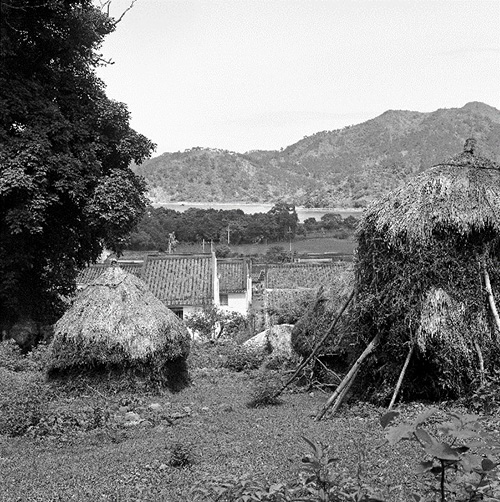
Farming landscape of Lai Chi Wo in the past
Photo source: Information Services Department, HKSARG
Lai Chi Wo’s landscape has been shaped by generations of human settlement. The current village was set up by the Hakka nearly 400 years ago by cutting the sloped plane into a series of receding terrace steps with stone supports for farming. Terrace farming is a traditional farming method widely employed by local Hakka people to farm on hilly terrain. The natural woodland at the back of Lai Chi Wo is protected and well-managed by the villagers as their Fung Shui wood. Fung Shui Wood is a characteristic landscape feature of traditional South China farming villages, which protects the village from landslides and hill fires as well as moderates the microclimate and provide natural resources.
The gentle coastal area of Lai Chi Wo has facilitated the formation of a large mangrove forest. The well-known sea grass (Zostera japonica矮大葉藻), mangrove (Heritiera littoralis銀葉樹) and climber (Derris alborubra白花魚藤) are all found in this mangrove forest. It is believed that the Heritiera littoralis and Derris alborubra were deliberately protected by the early villagers to protect the village from the tide, waves and storm water.
The Changing Landscape
In the heyday of its agriculture, Lai Chi Wo fed more than a thousand villagers. Farmlands once extended up to the hilltop. However, much of these farmlands have lain abandoned since 1950s due to a wave of migration to foreign countries and the severe competition from the agricultural market. Gradually, the invasion of shrubs deteriorated the functions of the freshwater wetlands created by the paddy fields. One of the key objectives of the Programme is to restore the agri-ecosystem of Lai Chi Wo.
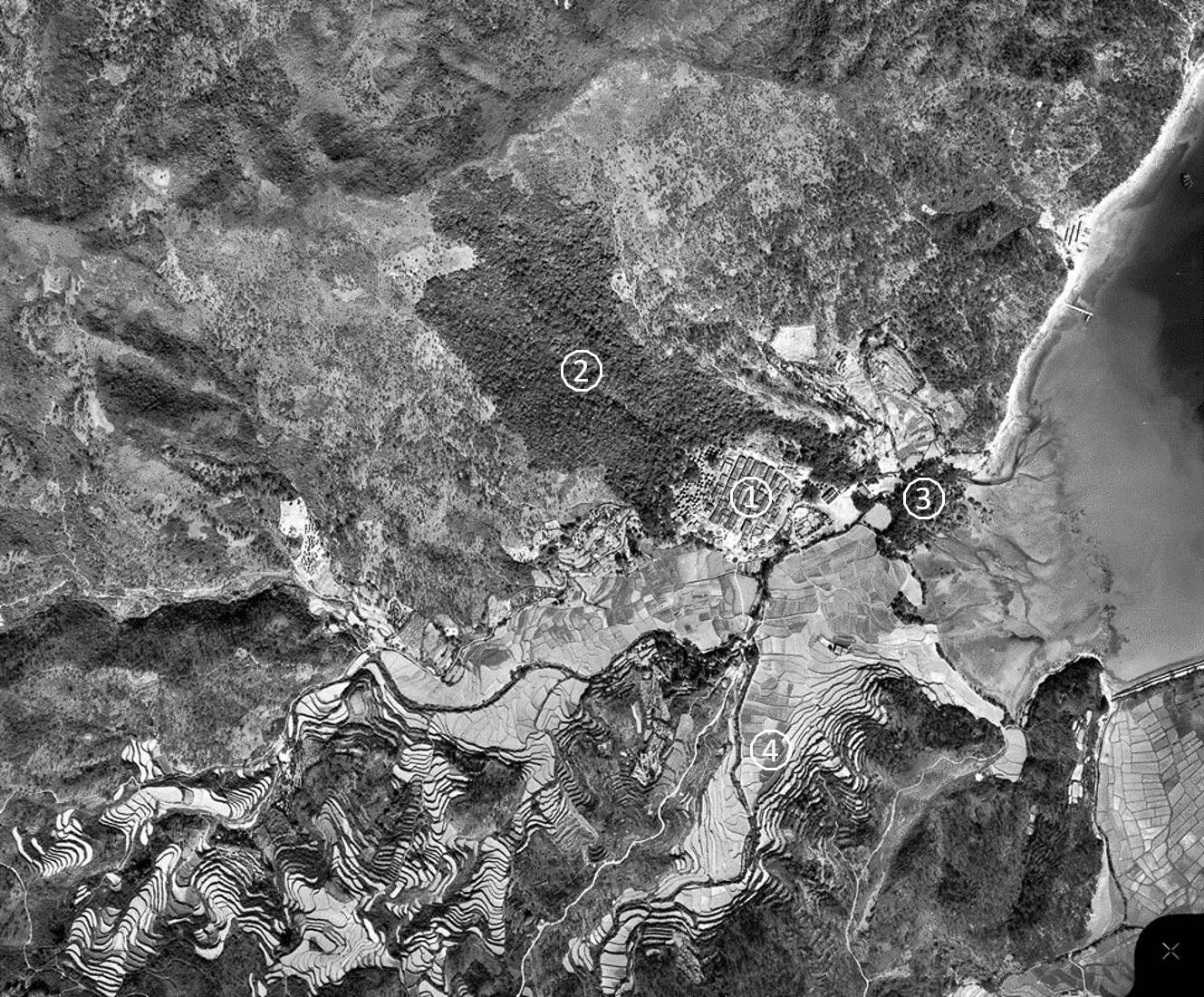
farming landscape and Fung Shui setting of Lai Chi Wo.
1. Lai Chi Wo Village
2. Hillside Fung Shui wood
3. Estuary Fung Shui wood
4. Paddy terraces
Photo source: Lands Department, HKSARG
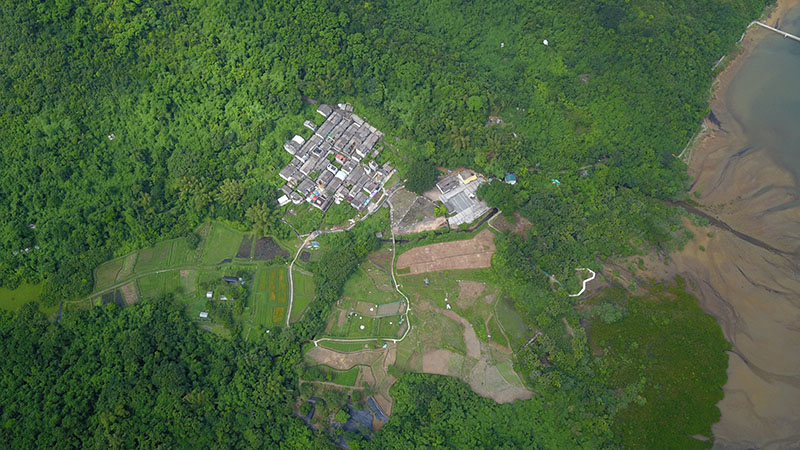
been resumed for active farming since 2014.
Photo source: Kin-Ming Lau
Traditional Hakka
Hakka is a branch of “Han” (漢族) Chinese. They originated from central China. In the last two thousand years and across China’s many dynasties (from as early as Qin Dynasty), Hakka people migrated south in search of a better life due to social unrest, wars, or famines. The name “Hakka” in Chinese means that they were “guests” or “travelers”, and not considered as “local” by the local community in the early days.
Lai Chi Wo is one of the Hakka villages in Sha Tau Kok, with her history dated back to the 17th century. The village was founded by two Hakka (客家) clans, the Tsang’s (曾) and the Wong’s (黃). The ancestor of the Tsang’s clan came from Dongguan (東莞) and settled down in Mui Tsz Lam (梅子林), a nearby village about 30 minutes walk from Lai Chi Wo uphill. Their lineage can be traced back to Shandong in northern China. It was said that the founding ancestor of the Wong’s also came from Dongguan and he was a militant of Ming Dynasty. After the Qing Dynasty took over the rule of China, he and his followers went south and landed at Hung Shek Mun (紅石門). He dismissed his followers and settled down at Chu Mun Tin (珠門田) so became neighbour with the Tsang’s family. In the beginning, there were already some settlements of “Punti” people (本地人) in Lai Chi Wo. Later, both founding ancestors of the Tsang’s and Wong’s decided to move down to settle in Lai Chi Wo where there was more flat land close to the sea.
Public activities relating to education and religion were shared by the seven villages of Hing Chun Yeuk and fell under the duties of the Hing Chun Yeuk village alliance. This is still the case for religious matters but the village school was formalised under the colonial education system in the mid-20th century. The village school was closed in the 1980s.
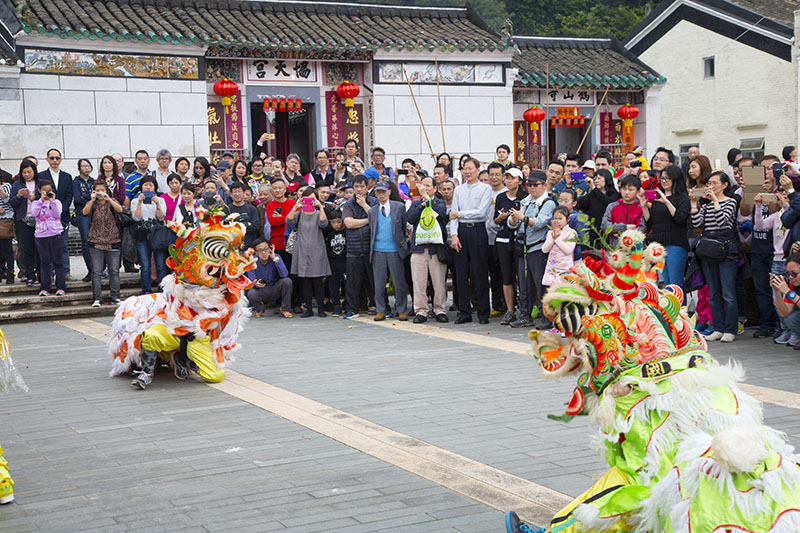
New Community
Community Building with Local Hakka, New Settlers & Contributors
.JPG)
volunteers harvested the paddy fields in Lai Chi Wo.
Photo credit: Hon-Lung Li
The majority of the local villagers emigrated to either the United Kingdom or other European countries in the 50’s to 70’s, while a minority of villagers, residing in Hong Kong, have also moved out to the urban areas. It is on special occasions, such as Chung Yeung or the Ching Ming Festivals that many of them return home to pay respect to their ancestors in Lai Chi Wo. On some weekends, those living in Hong Kong may go back once in a while to reminisce about their childhood days in the village.
The Sustainable Lai Chi Wo Programme (2013-2017) successfully attracted interested public members, stakeholders and organisations that shared the same vision for rural sustainability to jointly contribute to the village revitalisation movement. Local villagers were engaged as advisors, work partners, teachers and information providers in every aspect of the project. Volunteers were recruited to participate in the process of farmland revitalisation, research and education. Some of the devoted individuals even moved into the village to become new settlers. They built their own farms and have been living and working closely with local villagers. A new community has gradually been built.
Towards a Sustainable Rural Community

Trust building continues as the Programme develops. Communication and engagement at every opportunity throughout the Programme stages are important and essential for community building as well as the successful implementation of sustainable development. It is never an easy task to bring in changes, including new people, to a village blessed with rich culture. Added to this is the challenge of reaching consensus on ways to achieve the shared vision of sustainable development. It is only with strong trust and bonding that new and brave ideas of sustainable development, such as eco-farming, environmental art jamming, etc. can be launched in the village. Respect, sincerity, patience and continuous communication between all involved stakeholders are the keys to successful collaboration and behaviour change towards sustainable living.
Successful implementation of the Programme offers an alternative and sustainable village development and revitalisation approach, both within Hong Kong and in southeast region, including southern China. With the Programme as an exemplar, we trust more places and citizens will take their first steps towards achieving a sustainable lifestyle.



